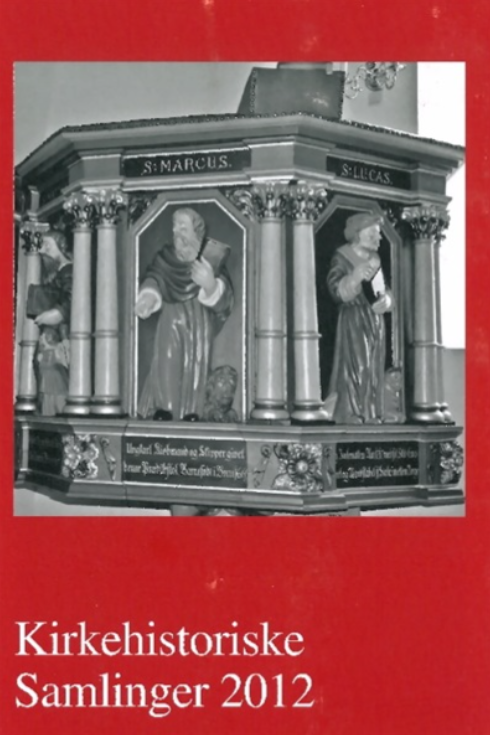”Udi predickebrødris huuss”: Aspekter af tiggerordenernes samfundsrolle i middelalderens Danmark
Publiceret 25.02.2025
Citation/Eksport
Copyright (c) 2012 Tidsskriftet Kirkehistoriske Samlinger

Dette værk er under følgende licens Creative Commons Navngivelse – Ingen bearbejdelser (by-nd).
Resumé
Fra skriftlige kilder er der kendskab til, at verdsligheden gjorde brug af tiggerordenernes klosterbygninger til eksterne begivenheder af varierende karakter. I den forbindelse rejser en række problemstillinger sig vedrørende klosteranlæggenes fysiske struktur og organisation, der derfor skal tage højde for både gejstlige og verdslige aktiviteter på klostergrunden. I artiklen fremlægges nogle overordnede betragtninger over problemstillingerne og de derved forbundne perspektiver i et forsømt forskningsfelt præget af både historie og arkæologi.
Summary
During the 13th century the mendicant orders established friaries in Denmark and for nearly 300 years they played an important part in the Danish community. Despite the fact that the primary subsistence of the friars was derived from alms, large and extravagant friaries rose in many medieval towns. We know a lot concerning the role of the mendicant orders in the religious life, but the friaries housed other events that were not quite as religious orientated.
Written sources give good insights into the character of the relation between the mendicant orders and the secular world. An event
that (especially in the late Middle Ages) often took place within the friary precinct was the royal juridical court, and king Hans is known to have had a dedicated courtroom in the Dominican friary of Odense. It seems normal that diplomatic negotiations have taken place within the friaries – a trade dispute between the Hansa and the English king were settled in an English Dominican friary but also a simple question of inheritance between citizens and low-ranking nobles has been resolved in the Franciscan friary of Horsens in 1432. Also, it is known that the Franciscan friary of Ribe was the scene of a wedding feast in 1504.
Despite the fact that the mendicant orders were focused on the secular world, their daily work and worship should not be interfered
with. However, where within the friary precinct did the secular events then take place? Some friaries are characterized by having two cloister walks (e.g. the Franciscans in Ribe, Odense and Viborg), despite the fact that the mendicant orders possibly did not need all these buildings. This plan arrangement suggests that one cloister was public while the other belonged to the claustral section.
Not all friaries had dual-cloisters erected but consisted merely of a single cloister and maybe one or more adjoining houses. Still these smaller friaries could very easily have housed secular events. The written sources are seldom precise when mentioning exactly where
the events took place – often it is just mentioned that it was “in the house of the Dominicans” or “in the Franciscan friary in the small room”. This is where the archaeological record complements the written sources. Earlier it was thought that the chapterhouse were the place of events but the article argues for the west range as the most possible scene of secular events.

